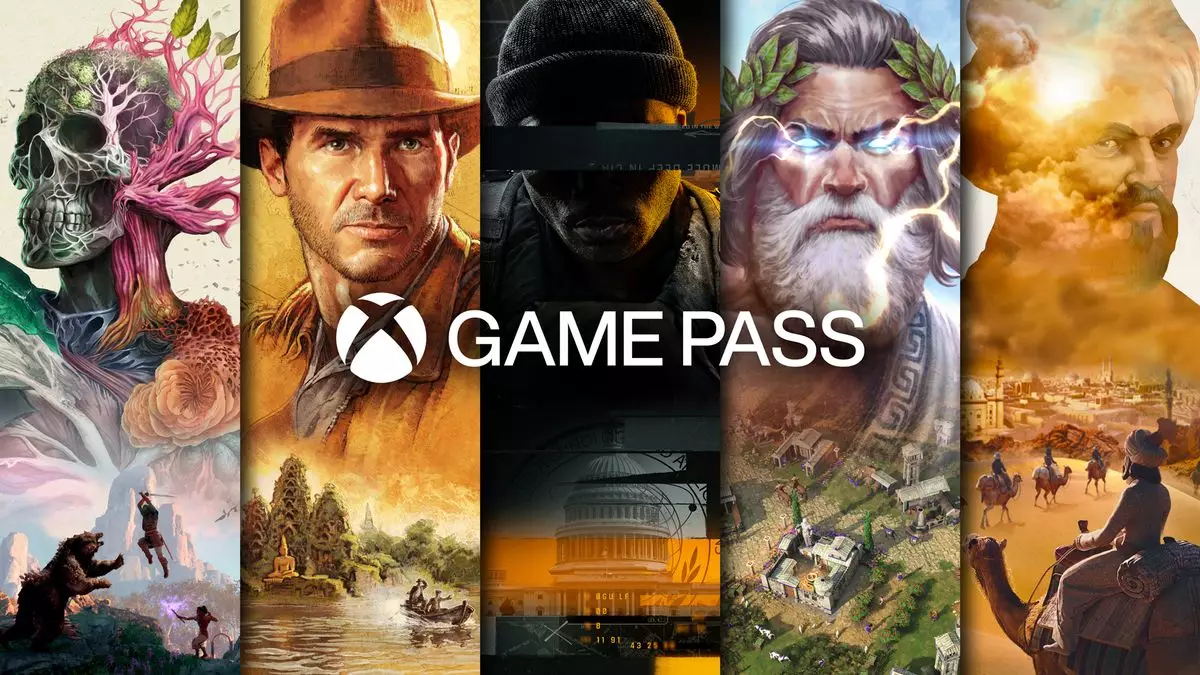In recent years, the video game industry has witnessed a paradigm shift in the way major players approach hardware and cross-platform gaming. The long-standing rivalry between Xbox and PlayStation is undergoing a transformation, notably with Microsoft Gaming’s CEO Phil Spencer adopting a more inclusive and consumer-focused strategy. This change reflects a broader recognition of the evolving landscape of gaming, which increasingly values community and accessibility over traditional competition.
Phil Spencer expressed a clear intent to move away from the aggressive tactics previously employed by Microsoft to attract gamers to the Xbox platform. Instead of attempting to convert Nintendo Switch and PlayStation 5 users, Spencer emphasizes the importance of reaching existing fans of Xbox franchises, regardless of their platform of choice. This is a significant pivot from earlier tactics that focused on exclusivity and exclusives to drive console sales. By licensing and porting popular titles like “Grounded” and “Sea of Thieves” to rival systems, Microsoft is not only broadening its audience but also creating a more inclusive gaming experience.
With blockbuster titles such as “Forza Horizon 5” and upcoming releases like “Indiana Jones and the Great Circle” slated for multi-platform availability, Spencer’s leadership is shaping a more dynamic marketplace wherein games can thrive irrespective of the device they are played on. This not only benefits the gamers who enjoy these titles across various platforms but also enhances Microsoft’s visibility as a publisher committed to fostering a community-centric gaming culture.
The financial considerations of this strategic shift are notable. Microsoft retains only 70% of the revenue from game sales on competing platforms, a stark contrast to the full 100% it enjoys from sales on its own Xbox consoles. While this is certainly a business challenge, Spencer argues that creating quality games and ensuring they are accessible to a wider audience is the priority. This philosophy speaks to a broader trend in the industry, where enhancing player engagement and satisfaction is increasingly viewed as a key component to long-term success.
Despite the lower profit margins from third-party platforms, Spencer identifies a larger goal: cultivating a loyal and enthusiastic fanbase. He acknowledges the importance of catering to those who may never transition to the Xbox ecosystem, arguing that fostering a strong connection with gamers, regardless of their preferred hardware, can ultimately lead to a more robust gaming community. This recognition of community over competition reshapes the traditional metrics of success within the industry.
This shift in strategy is further highlighted by the commitment to transparency in marketing and representation of Microsoft’s gaming products. The recent Xbox Developer Direct signals a departure from past practices where Microsoft conceivably understated the cross-platform availability of its titles. Spencer reiterates that players should be informed about where they can access their favorite games, which aligns with a new wave of openness in the gaming industry.
The embrace of cross-platform play, rather than concealing competition, represents a significant cultural shift. Instead of fostering an “us vs. them” mentality, Microsoft is taking a step toward embracing collective gaming enjoyment. This could very well influence consumer behavior positively, as gamers may feel more included and supported in a landscape where their preferences take precedence over corporate rivalries.
Taking the conversation a step further, Spencer’s vision suggests a future where collaboration is prioritized over competition among hardware manufacturers. While he remains committed to supporting Xbox’s hardware development and has indicated that another console generation is on the horizon, there is an underpinning notion that the future of gaming could see a convergence of products and services across platforms.
With rumors of a next-gen Xbox handheld, the exploration of diverse hardware offerings could further elevate gaming experiences while complementing its cross-platform strategy. As the industry evolves, it is evident that the traditional barriers erected by manufacturers may slowly dissolve, paving the way for a gaming ecosystem that continues to prioritize the player experience.
Phil Spencer’s evolving vision for Microsoft Gaming reflects a mature understanding of the gaming market. By moving towards inclusivity and transparency, Microsoft not only seeks to enhance its connection with players but also sets a precedent for the future of the gaming industry as a whole. As players become the focal point, the landscape promises to become increasingly collaborative, ultimately enriching the gaming experience for all.

